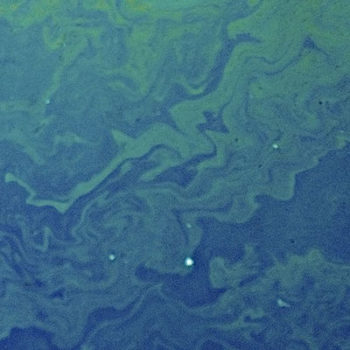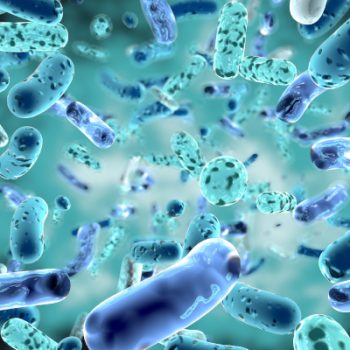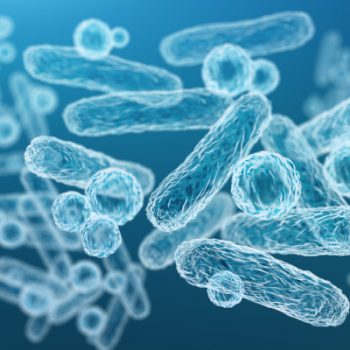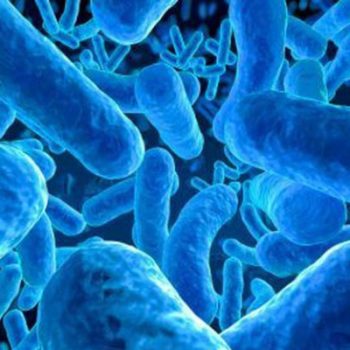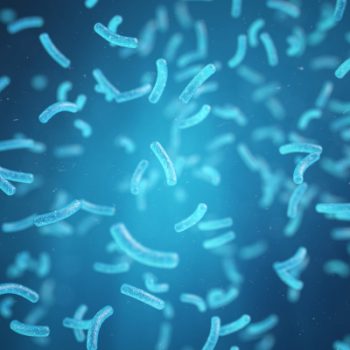QuantArray®-Petro: Evaluating a Transition to MNA
For this project, site managers wanted to know if they could transition to MNA. By utilizing QuantArray®-Petro and SIP, we were able to provide them the analysis to support an MNA management decision.
CSIA and MI CSIA Database – Multiple Sources
– Stakeholders at a TCE-impacted site required conclusive evidence of TCE degradation and suspected that multiple sources of TCE may exist at the site. CSIA conclusively demonstrated that TCE degradation had occurred at several locations at the site.
CSIA for Performance Evaluation
– CSIA was performed to conclusively demonstrate that TCE, cis-DCE and vinyl chloride degradation had occurred at several locations at the site giving the client confidence in the selected treatment strategy.
CSIA: Are TCE and Daughter Products Degrading
– Stakeholders at a TCE-impacted site were concerned about elevated cis-DCE and vinyl chloride concentrations relative to ethene. CSIA was performed to make conclusive determination.
CSIA: Actionable Data for Site Assessment and Performance Monitoring
• During site assessment of a TCE site, compound specific isotope analysis (CSIA) did not demonstrate TCE or cis-DCE degradation, consistent with CENSUS qPCR results indicating low concentrations of Dehalococcoides (DHC).
• Multiple lines of evidence increased stakeholder confidence in full-scale treatment.
QuantArray®-MIC: A Key Line of Evidence for Investigating MIC
– QuantArray®-MIC was performed on swab samples from internally pitted and adjacent non-pitted areas of pipeline components as part of a multiple lines of evidence approach to evaluate microbiologically influenced corrosion (MIC).
NGS: Characterizing Microbial Communities and Assessing MIC Threats
– This case study shows how NGS revealed diverse microbial communities and the presence of microbial groups commonly implicated in MIC, including SRB, methanogens and acetogens.
QuantArray®-Petro: Assessment of Hydrocarbon Impact in Drinking Water Aquifer
• A homeowner dependent on a domestic water well suddenly saw an accumulation of a black precipitant clogging the pre-filter of their water treatment system. Two years previous to this observation there was a release of gas condensate hydrocarbons and saltwater upgradient of their property.
• The results of the QuantArray®-Petro analysis provided evidence of hydrocarbon impact in the drinking water aquifer upgradient of the homeowner’s property in a remarkably cost-effective manner and contributed to a settlement of this case to the benefit of the homeowner.
NGS and QuantArray®-Chlor: Characterizing Microbial Communities and Assessing Biodegradation Potential
• A pilot study was conducted at a site where electron donor was injected into groundwater impacted by a mixture of chlorinated solvents.
• QuantArray®-Chlor and NGS provided complimentary evidence of both biotic and abiotic reductive dechlorination in response to the injection of the electron donor giving the client confidence in this remediation strategy expanding electron donor injection to the entire site.
In Situ Microcosms: MNA vs Enhanced Aerobic Bioremediation
• The ISM study conducted at this site provided clear, actionable evidence that increasing the dissolved oxygen concentration at the site would stimulate hydrocarbon biodegradation. Further, this evidence was provided in a significantly more cost effective manner than a bench-scale treatability study or a pilot scale study and in a more timely manner.
In Situ Microcosms: Screening MNA vs Sulfate Injection at a BTEX Impacted Site
• The ISM study conducted at this site provided clear, actionable evidence that increasing the sulfate concentration at the site would stimulate hydrocarbon biodegradation. Further, this evidence was provided in a significantly more cost effective manner than a bench-scale treatability study or a pilot scale study and in a more timely manner.
Next Generation Sequencing (NGS): Characterization of Microbial Communities at a Pipeline Release
• At a petroleum pipeline release in a remote area Bio-Traps® and CENSUS® qPCR for BTEX catabolic functional genes proved stimulation of BTEX biodegradation in impacted groundwater and provided an additional line of evidence to support acceptance of an MNA management strategy at the site.
• Contaminant trends, geochemistry, CENSUS® qPCR, and NGS provided multiple lines of evidence supporting an MNA management strategy and avoiding the greater costs of enhanced remediation.
QuantArray®-Chlor: Actionable Data for Remedy Selection
• Site managers were considering monitored natural attenuation (MNA), biostimulation, and bioaugmentation as remediation strategies at a site impacted by a complex mixture of chlorinated hydrocarbons including PCE, TCE, 1,1,2-TCA, 1,2-DCA, cis-DCE, and VC along with high concentrations of sulfate.
• QuantArray®-Chlor analysis provided actionable data for remedy selection allowing timely decisions and significant cost savings in site management.
SIP: Evaluating MNA at a Manufactured Gas Plant
– Site stakeholders needed conclusive evidence that biodegradation of benzene and naphthalene was occurring under existing site conditions to accept MNA instead of a more aggressive strategy.
– Stable isotope probing (SIP) studies using Bio-Traps® amended with 13C benzene or 13C naphthalene conclusively demonstrated in situ biodegradation occurred under existing site conditions.
ISM & SIP: Combining In Situ Microcosms and Stable Isotope Probing
• A site impacted by chlorobenzene was managed by MNA.
• The ISM study provided answers to site managers’ questions at a significant cost savings compared to pilot-scale studies and provided sound support for a pathway to reducing time to closure at the site.
QuantArray®-Petro: Effectiveness of Oxygen Addition at a Former Gas Station
• Groundwater at a former gasoline service station was impacted by leaking underground storage tanks and associated piping. Although contaminant trends and geochemistry suggested that MNA could be an appropriate site management strategy, the need for more rapid site closure led to a decision to enhance biodegradation of BTEX and MTBE aerobically with injection of an oxygen releasing compound.
QuantArray®-Petro: MNA Assessment at a Crude Oil Impacted Site
At a crude oil impacted site, project managers were considering MNA as a site management strategy based on favorable contaminant concentration trends and geochemistry in groundwater. However, additional lines of evidence were required.
Together with contaminant concentration trends and geochemistry, the direct microbial data provided multiple lines of evidence to support a confidant MNA decision resulting in significant cost savings over enhanced remediation.
QuantArray®-Chlor: Actionable Data for Performance Monitoring
• QuantArray®-Chlor analysis allowed site managers to have a comprehensive understanding of all relevant microbial processes at the site over time which allowed timely decisions and significant cost savings in site management.
ISMs: Cost Effective Remedy Selection at a TCE Impacted Site
• The ISM study conducted at this site provided clear, actionable evidence that electron donor injection would stimulate reductive dechlorination without the need for expensive bioaugmentation. Further, this evidence was provided in a significantly more cost effective manner than a bench-scale treatability study or a pilot scale study and in a more timely manner.
CENSUS® qPCR: Actionable Data for Evaluating MNA
• A petroleum pipeline release in a remote area had gone undiscovered for a number of years and groundwater was impacted with BTEX. Groundwater monitoring results suggested that BTEX concentrations were decreasing although results were variable.
• Trends in decreasing BTEX concentrations were validated as biological in origin supporting an MNA management strategy and avoiding the greater costs of enhanced remediation.
CENSUS® qPCR: Evaluating Biostimulation to Overcome DCE Stall
• A site impacted by PCE and TCE was experiencing an accumulation of cis-DCE (DCE stall). CENSUS® qPCR quantification demonstrated that Dehalococcoides concentrations were too low for effective rates of complete reductive dechlorination.
• Avoiding the expense of bioaugmentation resulted in significant cost savings while achieving treatment goals with biostimulation alone.





